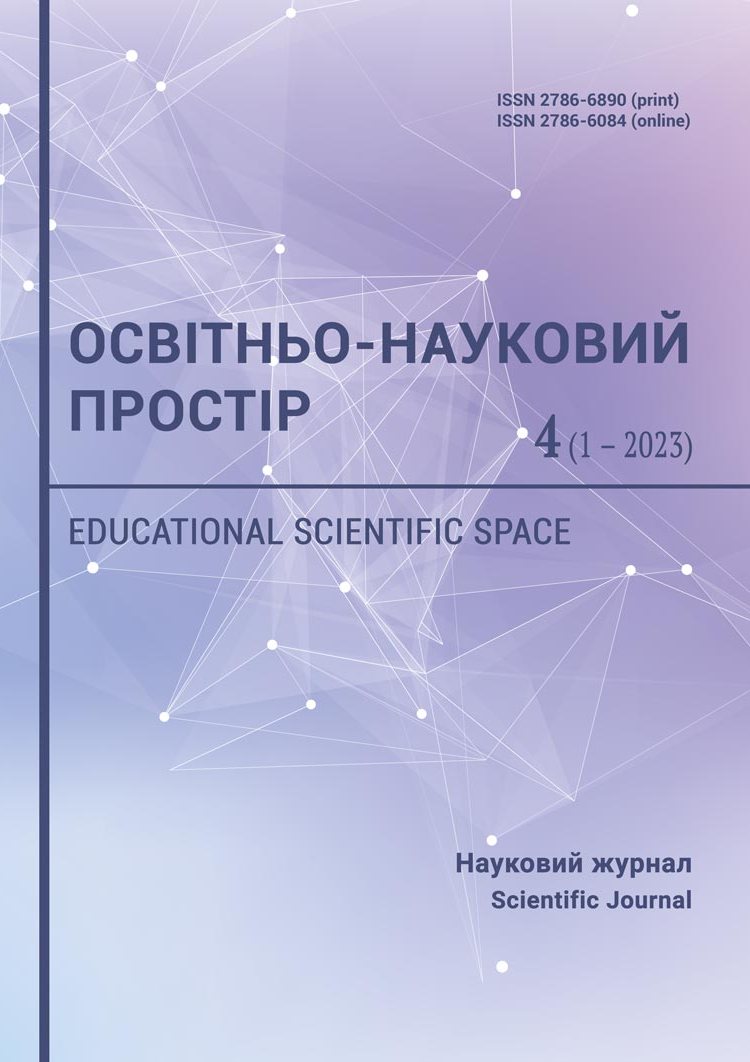Inclusive environment in an educational institution: the problem of modelling
DOI:
https://doi.org/10.31392/ONP.2786-6890.4(1).2023.07Keywords:
modelling, inclusive educational environment, educational needs, student, educational institutionAbstract
The article presents the problem of modelling the modern inclusive educational environment as a complex system object, where the system-forming relationship is the connection between the conditions of support and active participation of all subjects of the educational environment, taking into account the diversity of educational needs. The data obtained in the empirical study illustrate the theoretical proposition that special conditions as measures to support students with special educational needs can become the basis for their active participation in the educational process, provided that a subjective request for support is formed on the basis of reflection on their own interests and difficulties. Despite the significant differences between educational institutions, a common characteristic was clearly observed throughout the sample – the degree of actual student participation in the forms of work was significantly lower than the degree of awareness of the opportunities for participation. As the study data showed, it is in the forms of participation that reflect the interests and perceived needs of students that the conditions of support provided are more likely to turn into realisable opportunities and ensure inclusion in joint activities. Thus, the special conditions created in educational institutions to support students’ initiative and activity are in demand in those forms of activity in which students show interest or consciously recognise their own difficulties. In order to move from the existing conditions in an educational institution to opportunities for active participation of students in the educational process, it is necessary to work with students to identify their interests, difficulties and formulate educational needs. In this case, students’ subjectivity will be supported, and not just external conditions will be created to meet certain educational needs. Such work requires the use of certain psychological and pedagogical technologies (jointly distributed activities of teachers and students, a reflective and active approach, and the inclusion of students in the design of an individual educational trajectory).

